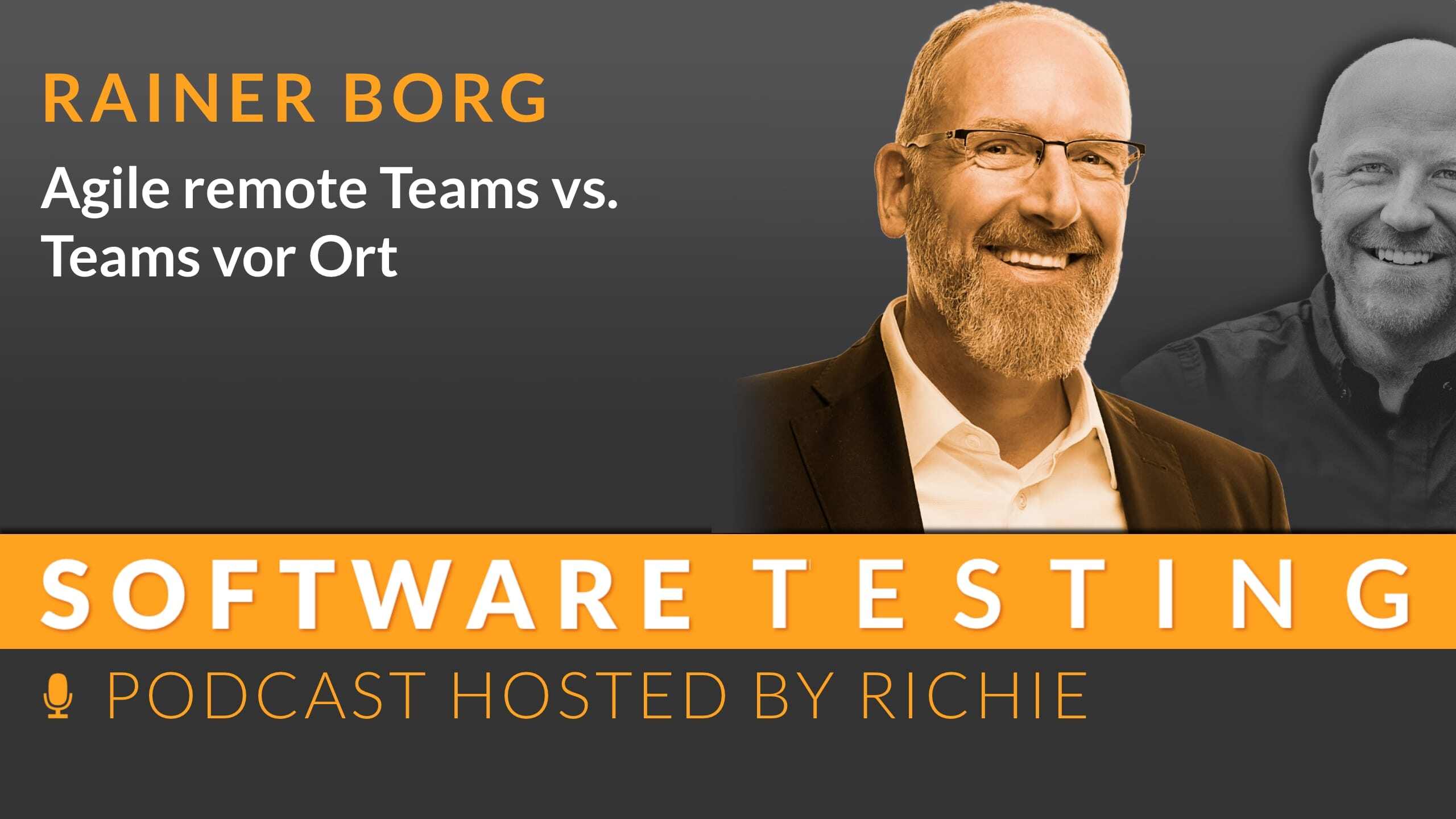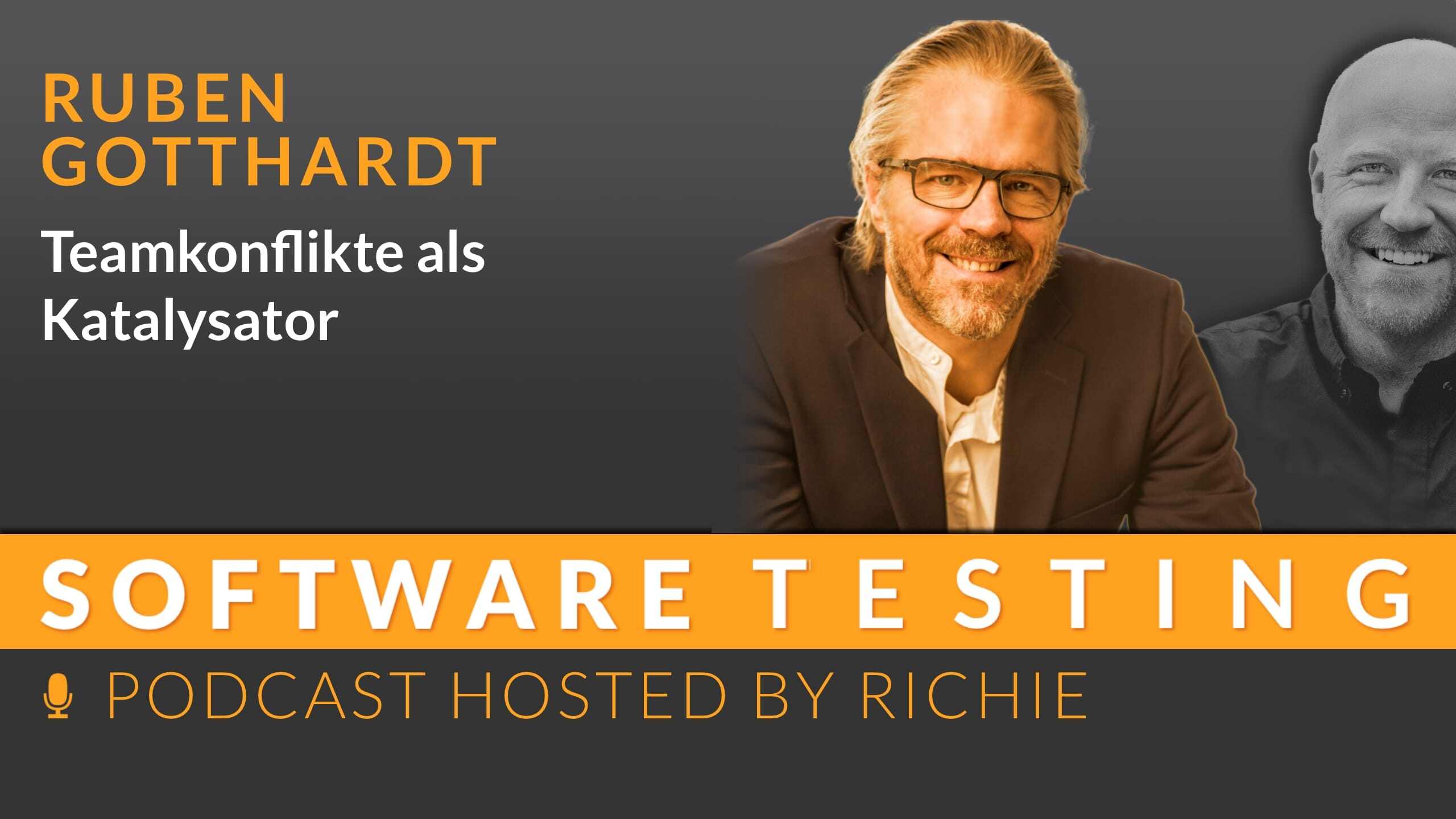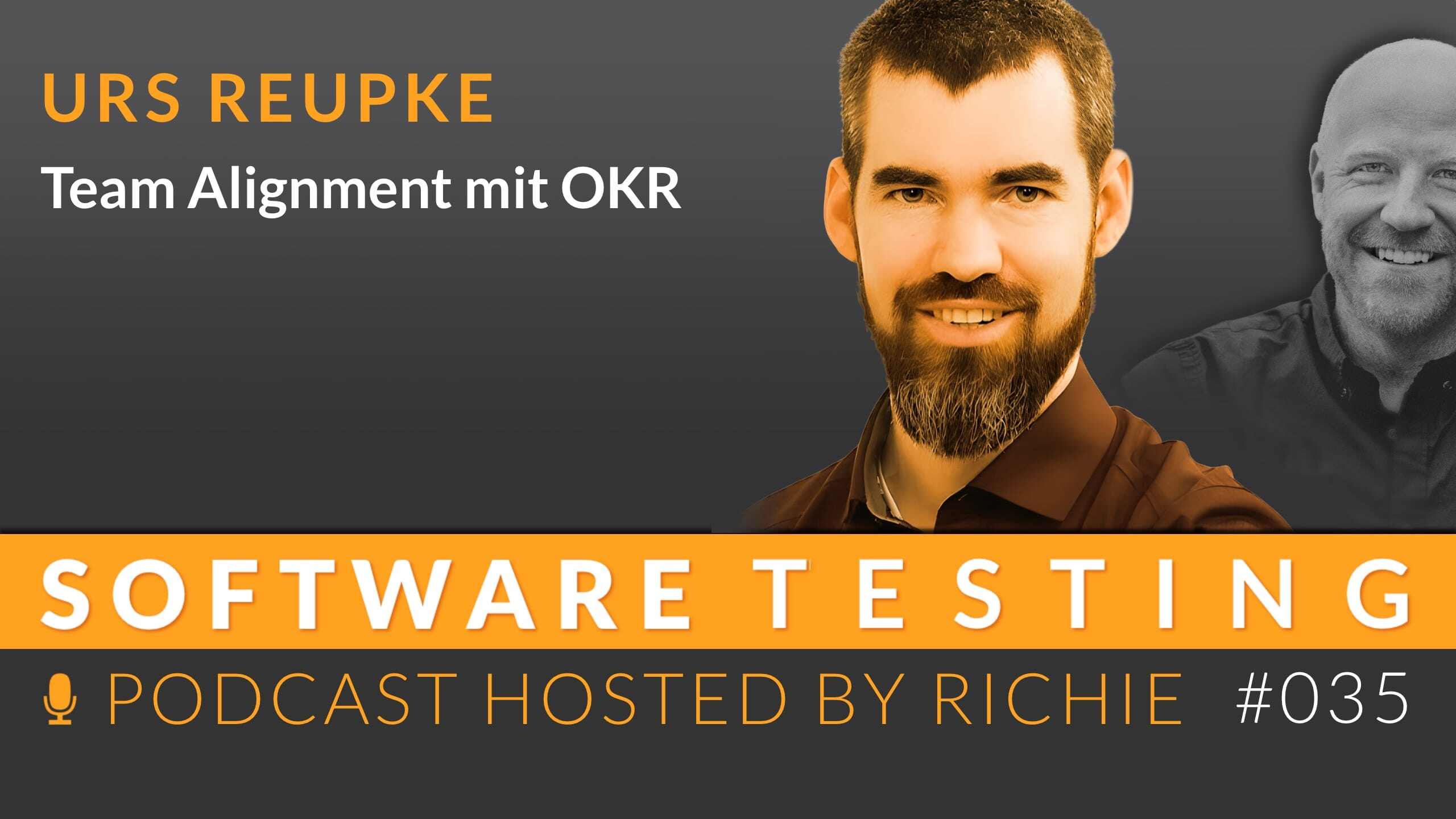Team Conflicts as a Catalyst
There is no life without conflict. Because it is only through conflict that the need to develop is created. This means behaving differently than...

Which is better: home office or presence? Entrepreneurs Grupp and Maschmeyer have recently been vocal in the media about their opinions. Whether remote or on-site: Both have different requirements. A sticking point with remote and hybrid solutions: If collaboration is to be digitized, a rethink has to take place. At the moment, we usually work with countless communication channels and isolated solutions. A mix of email, chat, meetings, documents, etc. In order to make collaboration more effective here, we need to take an individual approach and, above all, differentiate between: are we networking people or information?
“Transparency is the death of any unhappy dynamic. It leaves no room for politics - and that is the decisive factor!” - Rainer Borg
Rainer Borg has dedicated himself to Scaled Agile Collaboration and organizational development in software and product development after a decade in consulting and as CEO of a startup. With his expertise in Scaled Agile Enterprise architectures, he enables the application of agility principles in individual teams up to entire enterprise groups. His passion is to lead organizations through change processes by creating structures that both support management in coping with complexity and encourage active co-creation by employees.
Highlights of this episode:
Today I’m talking to Rainer Borg about the effectiveness of agile remote teams compared to traditional on-site teams. With exciting insights and practical examples, we discuss how modern collaboration technologies can revolutionize the world of work.
Today I spoke to Rainer Borg about a hot topic: the effectiveness of agile remote teams compared to on-site teams. Rainer makes a strong case that under the right conditions, remote teams can work more efficiently than their locally collaborating counterparts. This discussion couldn’t be more timely as the world continues to explore the benefits and challenges of remote working.
Rainer’s comments reflect how controversial the topic of remote working currently is. He mentions interesting perspectives from leaders such as Wolfgang Grupp and Carsten Maschmeyer, who have different views on the value of working from home. This discussion shows that opinions on the effectiveness of remote working vary widely and highlights the need for a deeper understanding of how virtual teams can best function.
The core idea behind Rainer’s argument is that traditional working methods may not be a good fit for the demands of remote collaboration. He explains that old habits, such as email communication and underutilization of collaboration tools, are inefficient when simply transferred to a digital format. Instead, Rainer emphasizes the need to reform the way we handle information and collaboration - a transformation that requires true digitalization.
Part of our conversation was dedicated to specific examples of successful agile remote teams. Rainer describes how a productive working environment can be created through a targeted restructuring of information networking and the use of specialized tools such as Jira or IBM RTC. These tools enable teams to communicate on a topic-based rather than person-centered basis and to manage information efficiently.
Another crucial aspect is the role of middle management in the new world of work. Rainer argues that this role needs to be transformed - away from being an information broker and towards being a real leader who encourages and supports their team. This change requires a mental shift for both managers and their teams and is a key component for the success of agile methods.
Finally, Rainer gave some practical tips on how to launch initiatives for more agility and better digital collaboration within a company. From keynote sessions to the formation of a ‘Leading Coalition’ - there are various ways to successfully start and carry out this transformation process.

There is no life without conflict. Because it is only through conflict that the need to develop is created. This means behaving differently than...

Alignment means coordination. This means that objectives are clearly defined and then pursued. There are so-called subordinate metrics (key results)...

In this episode, we talked about what skills a tester needs nowadays and how the job description of a tester has changed in recent years. How the way...